The Horten H.IX, RLM designation Ho 229 (or Gotha Go 229 for extensive re-design work done by Gotha to prepare the aircraft for mass production) was a German prototype fighter/bomber initially designed by Reimar and Walter Horten to be built by Gothaer Waggonfabrik late in World War II. It was the first flying wing to be powered by jet engines.[1]The design was a response to Hermann Göring's call for light bomber designs capable of meeting the "3×1000" requirement; namely to carry 1,000 kilograms (2,200 lb) of bombs a distance of 1,000 kilometres (620 mi) with a speed of 1,000 kilometres per hour (620 mph). Only jets could provide the speed, but these were extremely fuel-hungry, so considerable effort had to be made to meet the range requirement. Based on a flying wing, the Ho 229 lacked all extraneous control surfaces to lower drag. It was the only design to come even close to the 3×1000 requirements and received Göring's approval. Its ceiling was 15,000 metres (49,000 ft).[2]Since the appearance of the B-2 Spirit flying-wing stealth bomber in the 1990s, its similarities in role and shape to the Ho 229 has led many to retrospectively describe the Ho 229 as "the first stealth bomber".[3] A static reproduction of the only surviving Ho 229 prototype, the Ho 229 V3, in American hands since the end of World War II was constructed in the very early 21st century and later tested by the U.S. military, who found the basic shape, paint and laminating adhesive composition of the mockup copy would provide for 37% reduction in detection range against the British Chain Home radar used for Ground Controlled Intercept (GCI) earlier in the war, but no significant stealth benefit against more modern radar systems in use when the aircraft was under development.[3]
Specifications
General Characteristics
- Predecessor Ho-229
- Successors 1 airplane(s)
- Created On iOS
- Wingspan 55.1ft (16.8m)
- Length 25.8ft (7.9m)
- Height 7.6ft (2.3m)
- Empty Weight 7,661lbs (3,474kg)
- Loaded Weight 22,223lbs (10,080kg)
Performance
- Power/Weight Ratio 1.011
- Wing Loading 22.8lbs/ft2 (111.4kg/m2)
- Wing Area 974.0ft2 (90.5m2)
- Drag Points 3609
Parts
- Number of Parts 129
- Control Surfaces 4
- Performance Cost 431


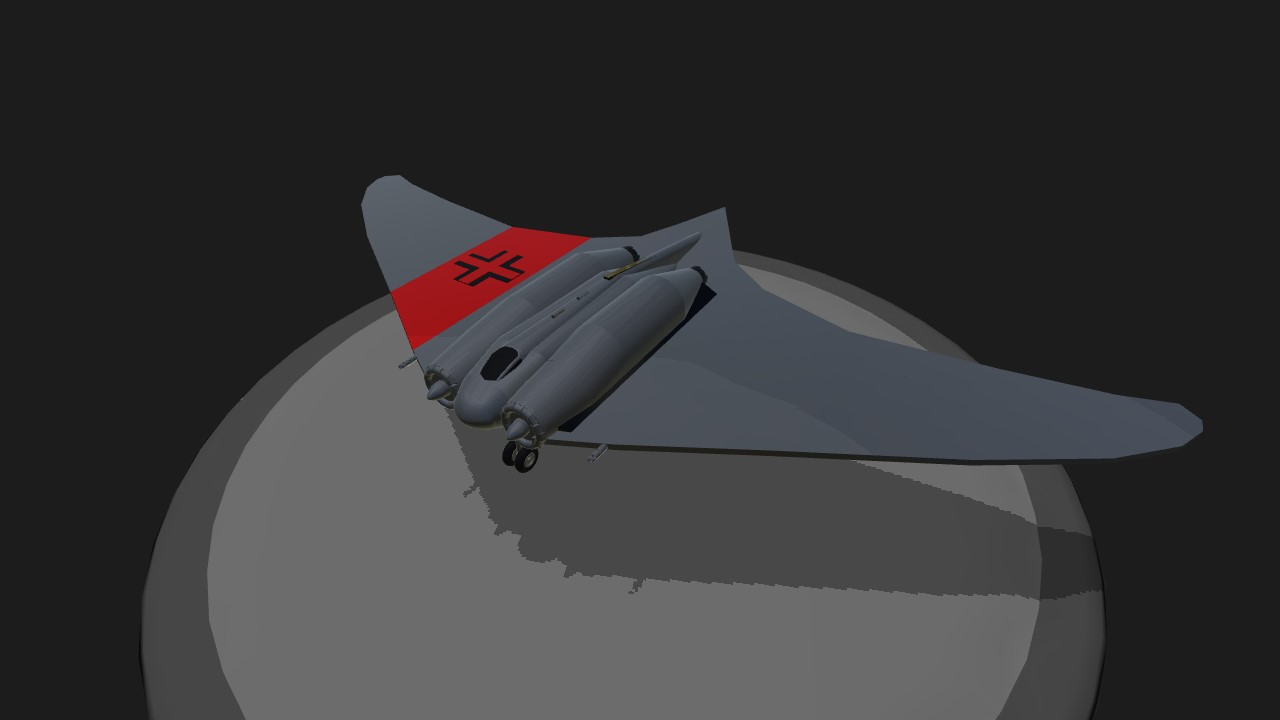
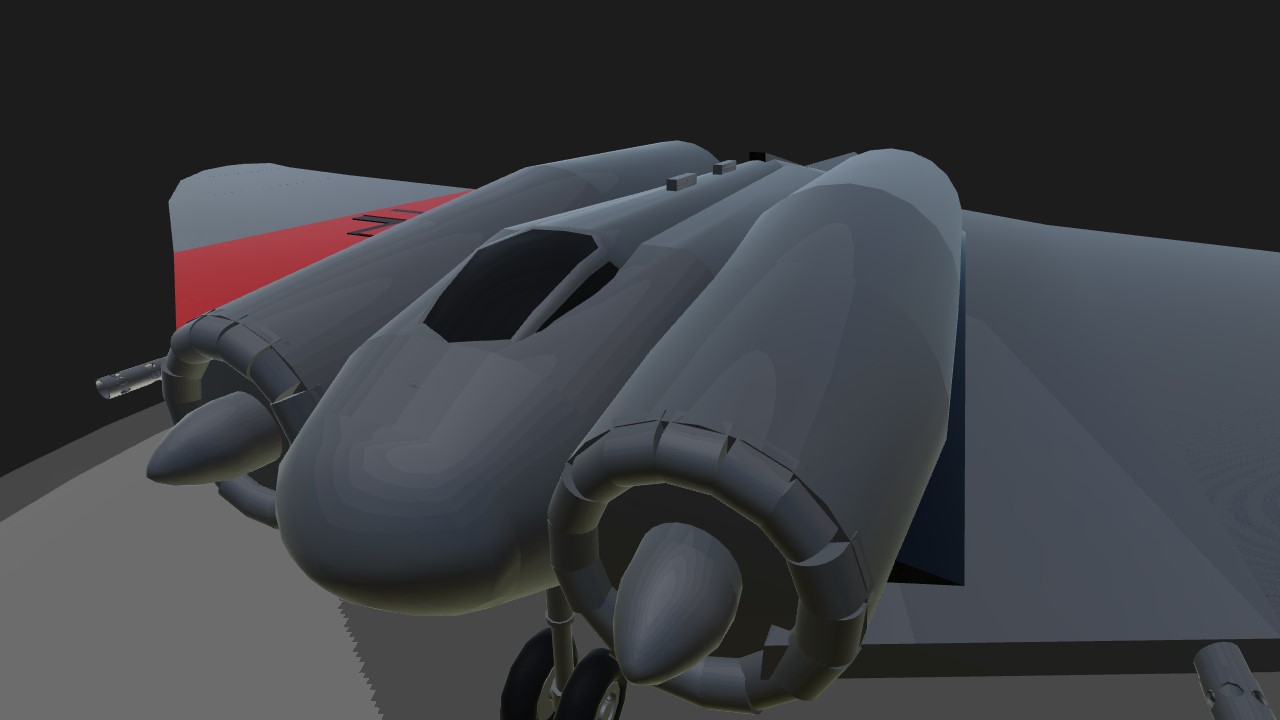
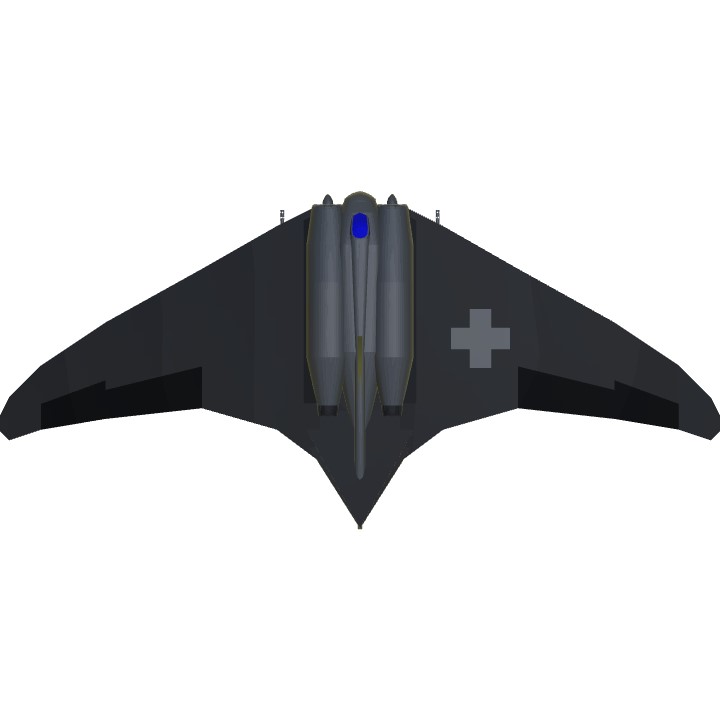
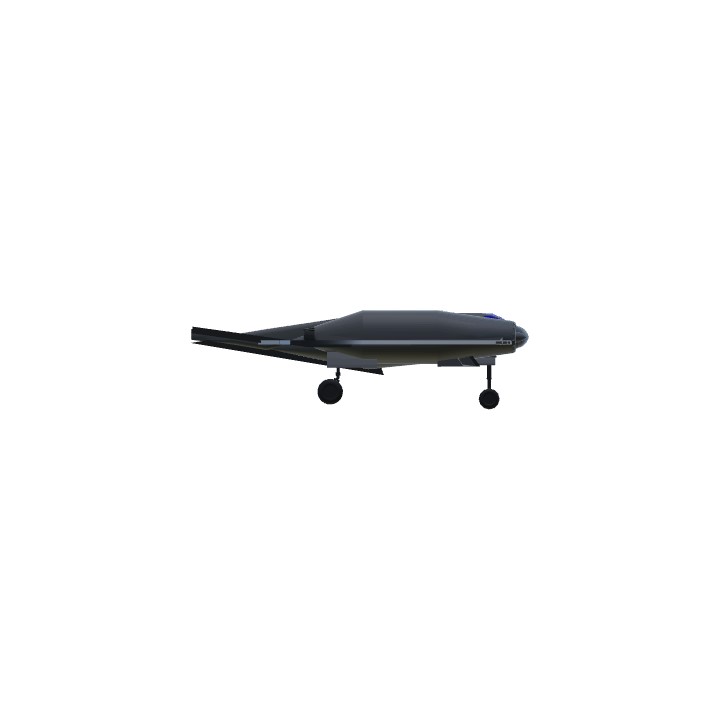
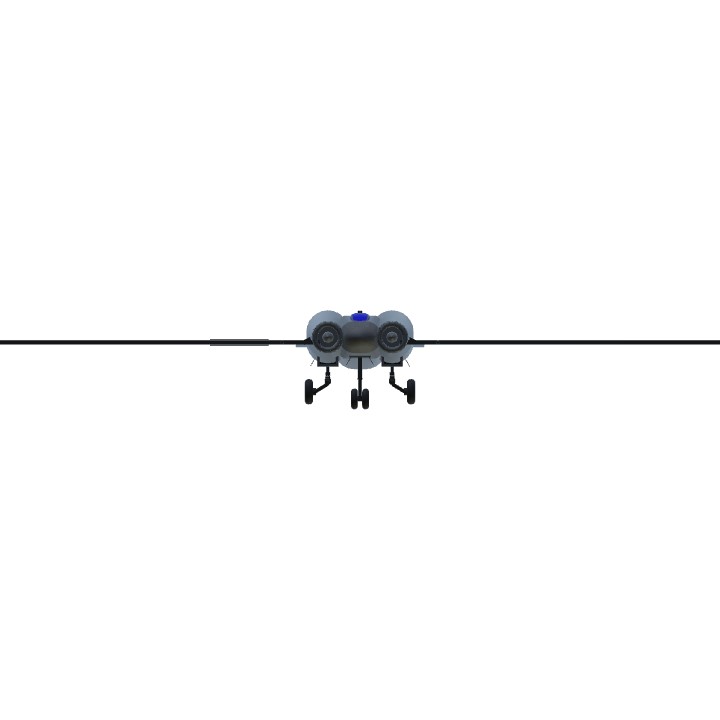
Nice, bro!
Thx u very much guys
@Mod
@ShatterFox
@bskngshrk
@grizzlitn
@General360
@DogeZ